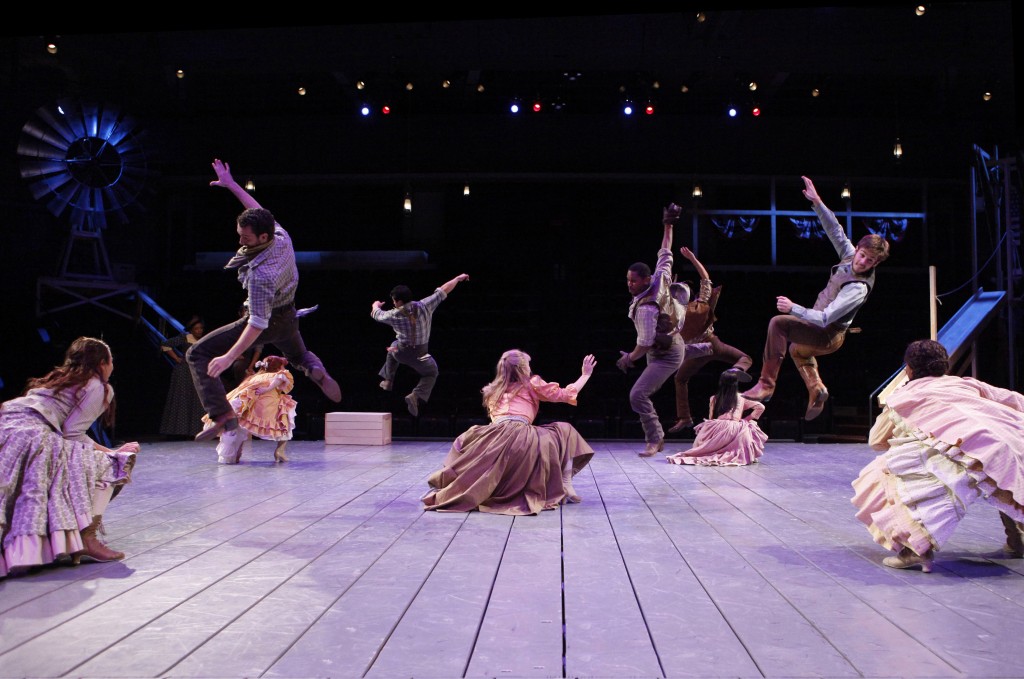
This is the brainchild of Chad Bauman, Arena’s Director of Communications. Here’s the basic idea:
- Before the show opens its official run, identify the people you think will help talk up the show
- When it comes to social media, don’t just look for people with huge numbers of followers, but people who actively engage (hmm, where have we heard that before?)
- Invite them to private performances – essentially preview nights – that are off-sale, even before “press night”
- Make them feel as if they’re getting a “behind the scenes” look at what’s going on
- Encourage them to share the heck out of it
If you’ve worked in the theater business, you’ll recognize this as an updated “concierge night.” But there’s absolutely no reason you can’t take these principles and adapt them for your own marketing campaign.
I found out about Chad’s approach to influencer initiator outreach because I was one of around 40 people his team reached out to via a Twitter direct message, invited to attend the first “initiator night” for Oklahoma!, which just opened its public run and runs through October 2. So by way of disclosure, please know that my husband and I attended a free showing of Oklahoma! on July 7 (our 12th wedding anniversary, thank you, thank you), and tickets are around $75.
How did this work, as far as I can tell?
- I’m writing about it now, though there was absolutely no obligation for me to do so. And it really is a terrific show (having a theater background myself, I’m very picky about my shows), beautifully-designed, directed and choreographed, if a trifle long. If you’re in or visiting the DC area, I highly recommend you go see it.
- It did feel like a special event. I mean, we got in even before the press did! And Molly Smith, the director, came out at the start of the performance to tell the audience exactly how special they were, which was naturally well-received, and she pointed out several of the crew who were in the audience… people you don’t often see, but without whom it’s impossible to put on a show.
- We were encouraged to not turn our cell phones off, but share as we felt like it through the show (with the ringers down, obviously).
- When we arrived, we were given flyers with “5 ways to spread the word,” such as posting on their Facebook page, following them on Twitter, etc.
- When we left, we were given coupons with a promo code that we could use, if we wanted to (unfortunately I’ve lost mine, and I think it was only valid until July 17 anyway).
- A few days after the show, I received a follow-up email that was an electronic version of the “5 ways to spread the word” flyer (makes much more sense than only doing the paper handout).
I had such fun during the show, I did try to check in on Foursquare, upload a couple of photos that I took before the performance started (the set design is really excellent), etc., but I had trouble with connectivity. Even though you could log onto Arena’s wi-fi network, the signal was very weak. So I gave up.
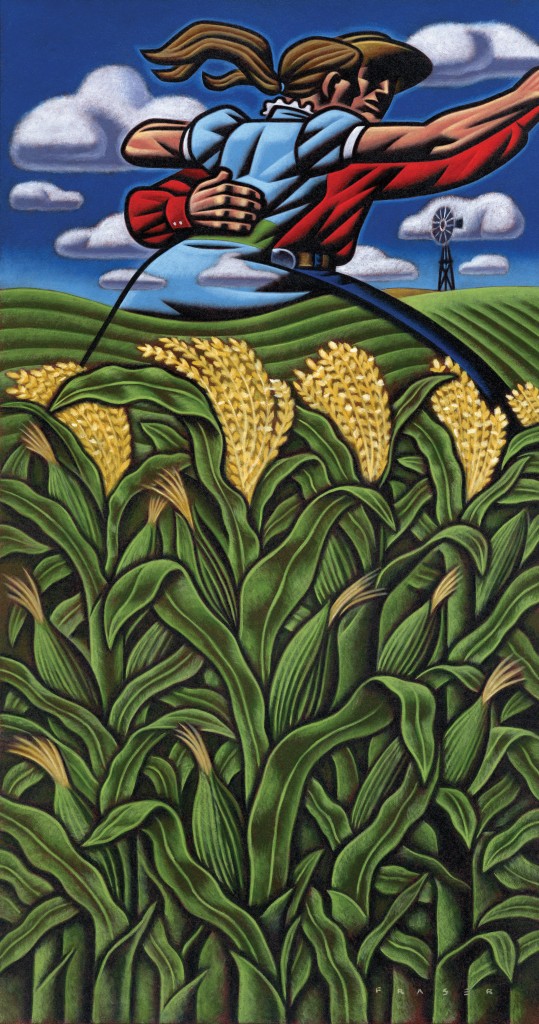 How does this work, in general?
How does this work, in general?
When I spoke with Chad a couple of weeks ago, he said, “Really well.” Here are a few pointers/nuggets:
- Their average email open rate is around 18-20%. The average response rate when they approach people through social media is about 25%.
- They put a lot of work into researching the people they invite, so there is no set percentage of how many they’ll approach through social media. With Oklahoma!, for example, they really wanted to reach the people who can reach tourists. So the bulk of invitees comprised people like concierges, taxi drivers, bus drivers, Metro operators, and so on. For Oklahoma!, the social media invitees were relatively few; for some shows, it can be as much as 50-60% of the invited audience.
- They use Refollow to segment and identify the Twitter users they want to invite and, again, they don’t focus simply on follower numbers, but on people who are really engaged.
- They use Vocus to monitor “buzz.” Chad admitted that this part is tough, and I suggested they start incorporating the use of campaign tracking in Google Analytics, just as we did for the Blue Key campaign (client disclosure).
There was something else that Chad said, which really struck me. I asked if he had gotten any push back when he came up with this idea (in 2007), and he said,
“Theaters are story-telling institutions. It’s not easy to market a show if people don’t experience it. These are seats that wouldn’t be sold anyway [since they’re basically dress rehearsals].”
Is that smart, or what? Show that since there’s no financial loss to be incurred, why not use what’s already there to instead try and make money?
I do think this speaks strongly to the faith Arena Stage has in its “product.” If the show and overall experience sucks, there’s a huge potential downside, by the initiators doing exactly what Arena would not want them to do, and discourage people from buying tickets.
In fact, when Molly Smith spoke to us at the start of the show, she said, “If you like it, please tell people. If you don’t like it, don’t say anything!” But it was so humorously done, that no one minded.
Over and above that, when you’ve made a concerted effort to make people feel special, even if they don’t like something they are less likely to complain about it.
So the next time you’re embarking on a campaign, see if Chad’s approach can help you reach the community you need to reach. Because if you can get people to share their experience, they’ll get more people wanting to share that experience.
And isn’t that what you want?
Images courtesy Arena Stage, used with permission

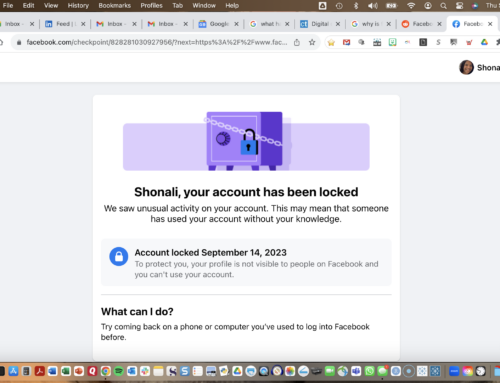


![[EVENT]: PR Hacks for Small Biz (online)](https://shonaliburke.com/wp-content/uploads/2021/06/FB-Ad-1200x800-01-01-01-Copy-500x383.jpeg)
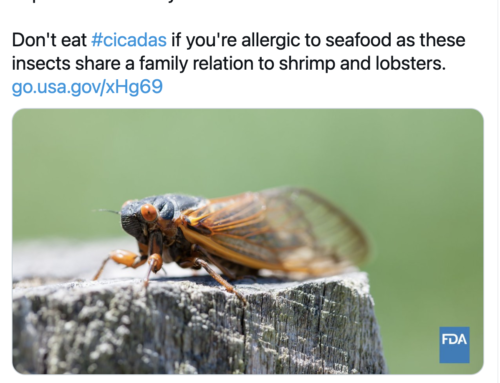
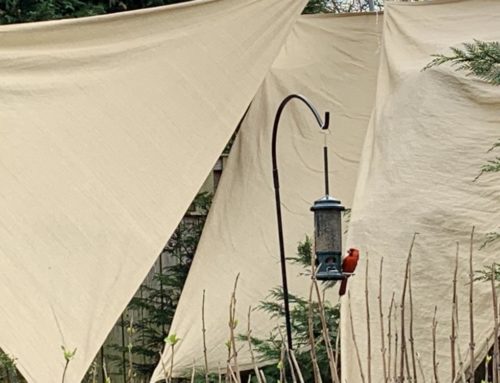
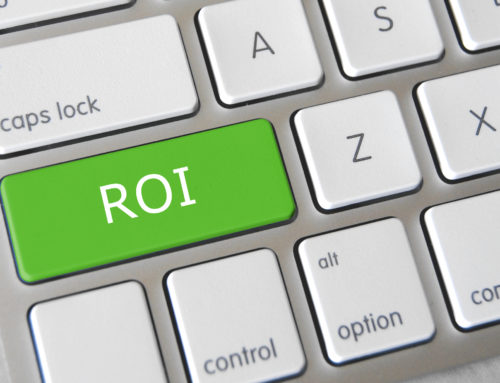
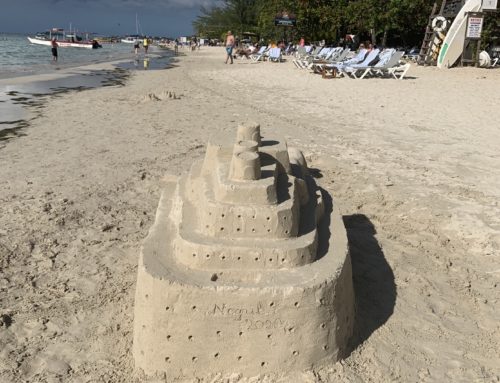
[…] 5. How Arena Stage Uses Initiators to Grow its Audience […]
[…] 5. How Arena Stage Uses Initiators to Grow its Audience […]
[…] can you reach out or create the type of customer experience that inspires someone to write about you and helps build a meaningful […]
[…] Invitez des gens d’influence, adeptes des médias sociaux, à assister à une répétition ou à l’avant-première d’un spectacle afin qu’ils parlent de leur expérience «en direct». Ne recrutez pas seulement des personnes qui affichent souvent. Songez aussi aux internautes qui conversent en ligne avec leurs «amis» ou leurs «abonnés» et sont capables de soutenir un dialogue. Suggérez à ces personnes différentes façons de passer le mot à propos de leur expérience ou de votre événement, en leur proposant d’afficher sur vos médias sociaux ou les leurs (proposez-leur un mot-clic approprié). Pour en savoir plus à ce propos, cliquez ici. […]
[…] can you reach out or create the type of customer experience that inspires someone to write about you and helps build a meaningful […]
[…] that building community is one of the smartest ways for businesses to use social media. DC-based Arena Stage gets this, and instead of reaching out to “influencers,” it instead focuses on growing its business […]
@askdebra Aren’t they smart? Thank you for sharing!
@JGoldsborough Belated thanks, Justin!
I’ll let chadbauman get back to you on the overall research process for initiators (online & offline), but I believe for online/initiators active in social media, they’ve been using Refollow and then a lot of good, old-fashioned “leg work.”
What a great example of outreach you shared – thank you! Have you written this up as a case study anywhere?
First, happy anniversary, Shonali. 12 years is awesome :). Second, love what @ChadBauman and @arenastage are doing here. Researching and IDing your influencers — notice I said researching people, not just looking at Klout scores — and then offering “exclusive access” to the ones who show an affinity and passion for your brand is smart. I think a lot of brands do influencer outreach well, but don’t then take that next step that Arena does here. And another note, as you pointed out @Shonali , these initiators don’t have to be media or bloggers. They can be passionate customers or members of the target market.
We work with Hallmark Cards out of our #FHKC office, and one of the most successful events we have partnered with them on is a Mom E-vent where mom bloggers researched as influencers for Hallmark were invited to corporate headquarters to meet the creative team and other employees, including members of the executive team. At the second event, Hallmark encouraged moms to bring their kids and provided childcare because the survey and social feedback they got supported that need. Anyway, both events helped build relationships and started conversation that continued way after the event and I bet Arena sees the same type of results.
One additional question I always like to ask, Chad or Shonali, is what process does Arena use to research initiators? Thanks for sharing the story. Great stuff here!
@HowieSPM Those are the figures chadbauman gave me… I’m not quite sure what your question is (unless it’s just disbelief, LOL), but I know he’ll stop by here as soon as he can. Yup – that’s a really good open rate and I thought the SM response rate was really good too.
But I think one of the reasons it’s good is that they don’t do this the typical way. They put a LOT of work into their research, and that shows. I know that’s a point jgoldsborough , jenzings , I, and so many others try to drive home, and it’s refreshing to see Arena doing this.
@arenastage You’re most welcome! I thoroughly enjoyed the show and think your efforts to connect are terrific.
@shonali Thanks for the shout out Shonali!!!
My curiosity here. They get an 18-20% open rate for their emails? That is an unheard of success rate. and if they get a 25% response on Social Media you would think that is reasonable if it is direct contact. I mean how many times do you not respond to a tweet trying to engage you that isn’t spam or a direct message on facebook. If you run filters to target the right demo I would think you could get a pretty decent response rate.
But I love the idea of initiator vs influencer.
@ExtremelyAvg I forget the Metro station as well, but I think it’s on the Green line. It’s such a cool theater!
And thanks for the tweet support, Brian: here’s what they sent me: #Oklahoma! @arenastage is back & SELLING OUT! Book seats now – they won’t last long! I’d even have included a shortened link to the show page: http://www.arenastage.org/shows-tickets/the-season/productions/oklahoma/
@shonali I really do love them. I’m pleased to see you included their @arenastage twitter handle. <Off to follow now!
@extremelyavg @kmueller62 @justinthesouth Thanks so much for sharing my post on @arenastage – they really do a great job!
When I lived in the DC area, I loved the Arena Stage. I’ve seen many great productions there and would recommend any of their shows. I don’t remember the metro station one uses, but it was easy to get to, and so much fun.
If you have any show tweets, which need tweeting, I would be glad to help. They are cool!